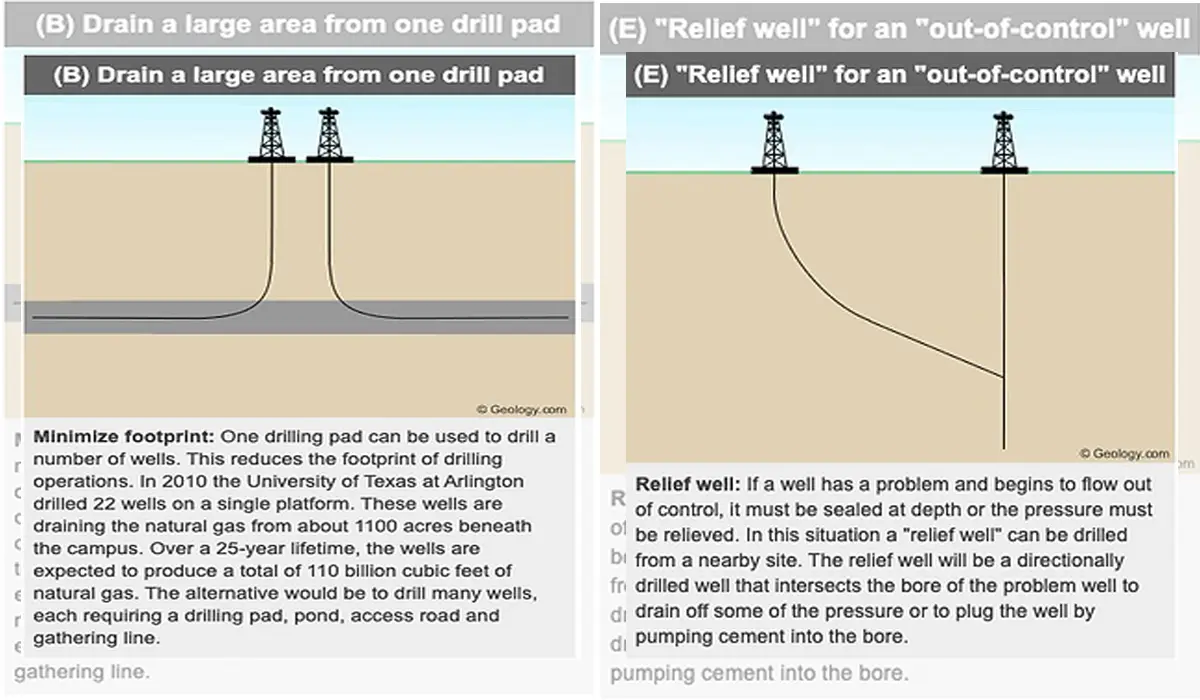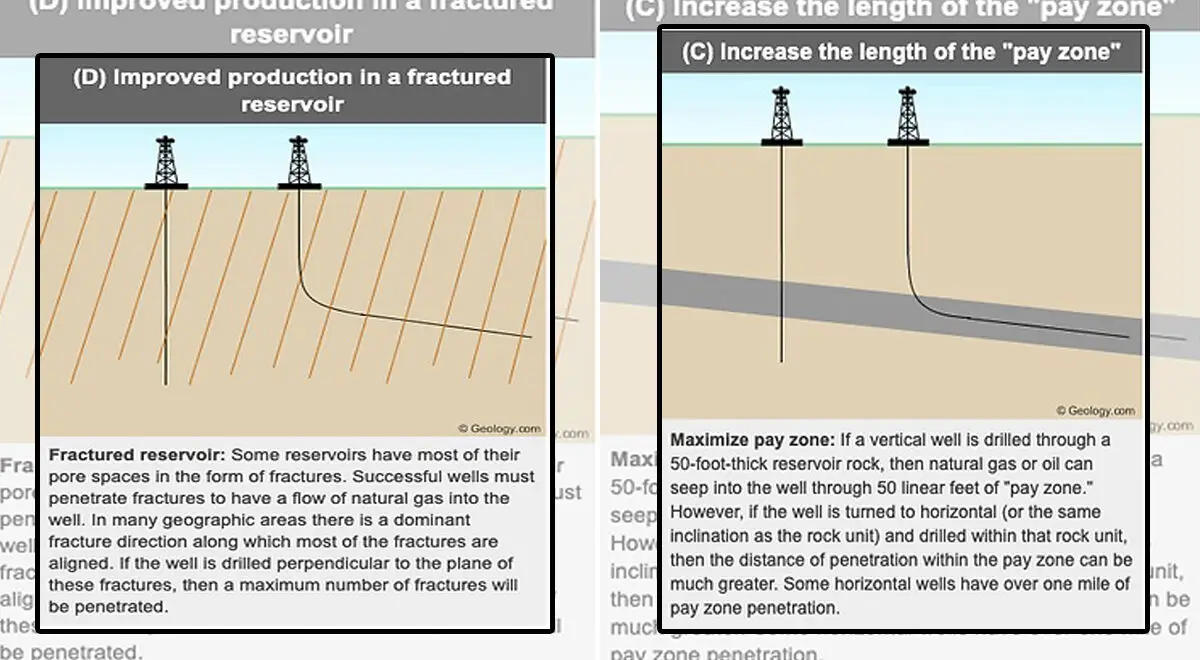Vertical and Horizontal Drilling Methods Explained
The energy industry has always been a beacon of innovation and adaptability. Over the years, the techniques used to extract oil and gas have undergone significant transformations. From the rudimentary methods of the past to the sophisticated technologies of today, the journey of drilling has been nothing short of remarkable.
At Venergy Momentum, we’ve been following this evolution, offering unparalleled services and insights to our clients who are concerned about the future of oil and gas. For those eager to grasp the intricacies of drilling methods explained, our experts are just a consultation away.
Vertical Drilling: The Bedrock of the Industry
Vertical, or conventional drilling has its roots in the 1800s. This method involves a straightforward approach: drilling directly down into the earth to access oil and gas reservoirs. While it has served the industry well for centuries, there are situations where it’s not feasible or even economic. For instance, drilling directly beneath urban areas or other sensitive locations can pose logistical and legal challenges. This is where the brilliance of horizontal drilling comes into play.
Horizontal Drilling: A Game-Changer in Oil and Gas Exploration
Horizontal, or unconventional drilling is a testament to human ingenuity. Building on the foundation of directional drilling technology, it allows for wells to be drilled at various angles, not just vertically. This flexibility means that oil and gas reservoirs, previously deemed inaccessible due to their location, are now within reach. The benefits don’t stop there. Horizontal drilling offers a more extensive contact area with the reservoir, leading to increased extraction efficiency. Whereas it would’ve taken several vertical wells to contact and drain a particular reservoir, it can now be done with considerably fewer wells, thereby also decreasing the footprint on the surface of the earth.
Furthermore, the technique of “fracking” amplifies this efficiency. By injecting materials at high pressure into shale formations, the trapped oil and gas are released, flowing back to the surface. However, with great power comes great responsibility. The environmental implications of horizontal drilling, especially concerning the chemicals used and wastewater produced, necessitate careful consideration and management.

Diverse Applications of Horizontal Drilling
The versatility of horizontal drilling is evident in its wide range of applications. As highlighted by Geology.com:
A) Reaching the Unreachable: Whether it’s a reservoir beneath a bustling city or a serene park, horizontal drilling offers a solution by allowing drilling from fewer, more accessible locations.
B) Efficient Area Drainage: By drilling multiple wells from a single pad, the surface footprint is minimized. This approach is both cost-effective and environmentally friendly.
C) Maximizing Extraction: The ability to increase the pay zone penetration with horizontal drilling means more oil and gas can be extracted from a single well.
D) Harnessing Fractured Reservoirs: In areas dominated by natural fractures, horizontal drilling ensures maximum penetration, leading to optimal extraction.
E) Utility Installation: Beyond oil and gas, horizontal drilling is also used for installing underground utilities, especially in areas where excavation is not feasible.
The Future of Drilling is Here
The advancements in drilling techniques in the energy industry signify a bright future. With the integration of modern drilling technologies, the industry is poised for safer, more efficient, and environmentally conscious operations.
Venergy Momentum, an A+ BBB-rated company with 5-star Google reviews, will inform and empower you in this changing landscape. Call (713) 855-9548 or email for more information, customized advice, or questions. Explore energy’s future together.





Leave a Comment